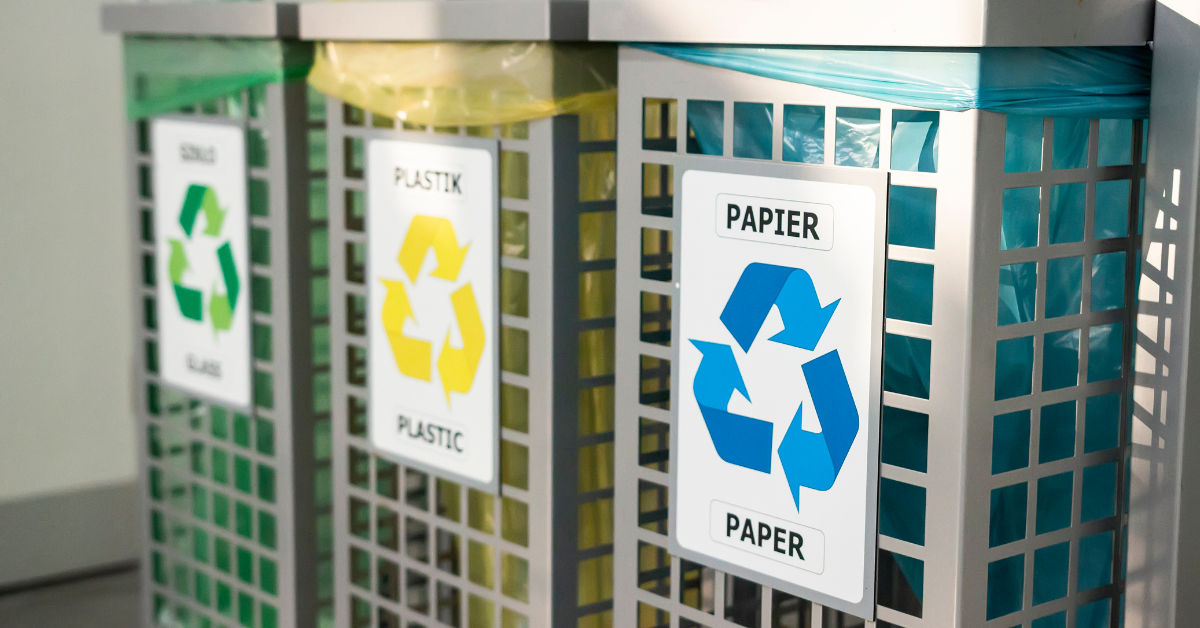As environmental concerns grow, biodegradable materials are becoming a revolutionary force in the fight against pollution and waste. These innovative materials break down naturally over time, reducing their impact on ecosystems. From packaging and clothing to construction and medical applications, biodegradable materials are transforming everyday products and paving the way for a more sustainable future.
What Are Biodegradable Materials?
Biodegradable materials are substances that can decompose naturally into non-toxic components through the action of microorganisms, heat, and moisture. Unlike traditional plastics, which can take hundreds of years to degrade, biodegradable materials often break down within weeks or months, depending on environmental conditions.
Key Characteristics of Biodegradable Materials:
- Derived from natural sources such as plants, animals, or microorganisms.
- Non-toxic and environmentally friendly when decomposed.
- Reduce the accumulation of long-lasting waste in landfills and oceans.
Advancements in Biodegradable Materials
In recent years, technological innovations have expanded the scope and efficiency of biodegradable materials. These advancements have made them viable replacements for traditional plastics and other non-degradable substances.
1. Bioplastics
Bioplastics, made from renewable sources such as corn starch, sugarcane, and potato starch, are gaining popularity as sustainable alternatives to petroleum-based plastics.
- Polylactic Acid (PLA): A biodegradable plastic commonly used in food packaging and disposable utensils.
- Polyhydroxyalkanoates (PHA): A family of biodegradable plastics produced by bacteria, used in medical implants and agricultural films.
Learn more: European Bioplastics

2. Biodegradable Textiles
The fashion industry is adopting biodegradable materials to combat textile waste. Fabrics like organic cotton, hemp, and Tencel decompose naturally, leaving no harmful residue.
- Banana Fibers: Used for eco-friendly clothing and home decor.
- Mycelium Leather: Derived from fungi, offering a sustainable alternative to animal leather.
Discover innovations in textiles: Fashion Revolution
3. Biodegradable Packaging
Packaging is one of the largest contributors to plastic waste. Biodegradable packaging solutions are now being developed using innovative materials like:
- Seaweed-Based Films: Edible and compostable, ideal for food wrapping.
- Mushroom Packaging: Made from agricultural waste and mycelium, used for protective shipping materials.
4. Biodegradable Medical Products
Biodegradable materials are transforming the healthcare industry by offering safer and more sustainable options for medical devices.
- Sutures and Implants: Made from PHA or PLA, they dissolve in the body after serving their purpose.
- Biodegradable Bandages: Reduce medical waste while promoting healing.

Environmental Benefits of Biodegradable Materials
The shift toward biodegradable materials addresses several environmental challenges, making them critical to sustainability efforts.
1. Reduction in Plastic Pollution
Biodegradable plastics degrade faster than traditional plastics, preventing long-term pollution in landfills and oceans.
2. Lower Carbon Footprint
Many biodegradable materials require less energy to produce and release fewer greenhouse gases during decomposition.
3. Conservation of Natural Resources
By utilizing renewable resources like plants and agricultural by-products, biodegradable materials reduce dependence on fossil fuels.
Explore more: The Environmental Benefits of Biodegradable Plastics
Challenges in Widespread Adoption
While biodegradable materials offer significant benefits, there are challenges to overcome:
- Composting Infrastructure: Many biodegradable products require industrial composting facilities, which are not yet widely available.
- Higher Costs: Biodegradable materials can be more expensive to produce compared to conventional options.
- Consumer Awareness: Educating consumers about proper disposal methods is essential to maximize the benefits of these materials.

Everyday Products Made with Biodegradable Materials
Biodegradable materials are now being incorporated into various products, making it easier for consumers to adopt sustainable practices.
- Food Containers and Utensils: Compostable plates, cups, and cutlery.
- Clothing and Footwear: Eco-friendly sneakers and biodegradable t-shirts.
- Cleaning Products: Packaging-free soaps and detergents wrapped in biodegradable films.
- Gardening Supplies: Biodegradable pots and mulch films for plants.
Shop eco-friendly products: Package Free Shop
How to Support the Shift to Biodegradable Materials
As a consumer, you can help accelerate the transition to biodegradable materials by making thoughtful choices:
- Choose Biodegradable Products: Look for certified biodegradable labels when shopping for everyday items.
- Support Innovative Brands: Buy from companies that prioritize sustainable materials and eco-friendly packaging.
- Dispose Properly: Learn about local composting options or industrial facilities to ensure biodegradable products decompose as intended.
Learn proper disposal practices: Composting Resources by EPA
Final Thoughts
Biodegradable materials are revolutionizing industries and reshaping how we think about waste. By embracing these innovative materials, we can significantly reduce pollution, conserve natural resources, and protect biodiversity. While challenges remain, continued advancements and consumer support will pave the way for a more sustainable future.
Learn how sustainability is making waves in technology with Biodegradable Electronics. Discover how these innovative devices are reducing electronic waste and paving the way for a greener, more eco-conscious future.























